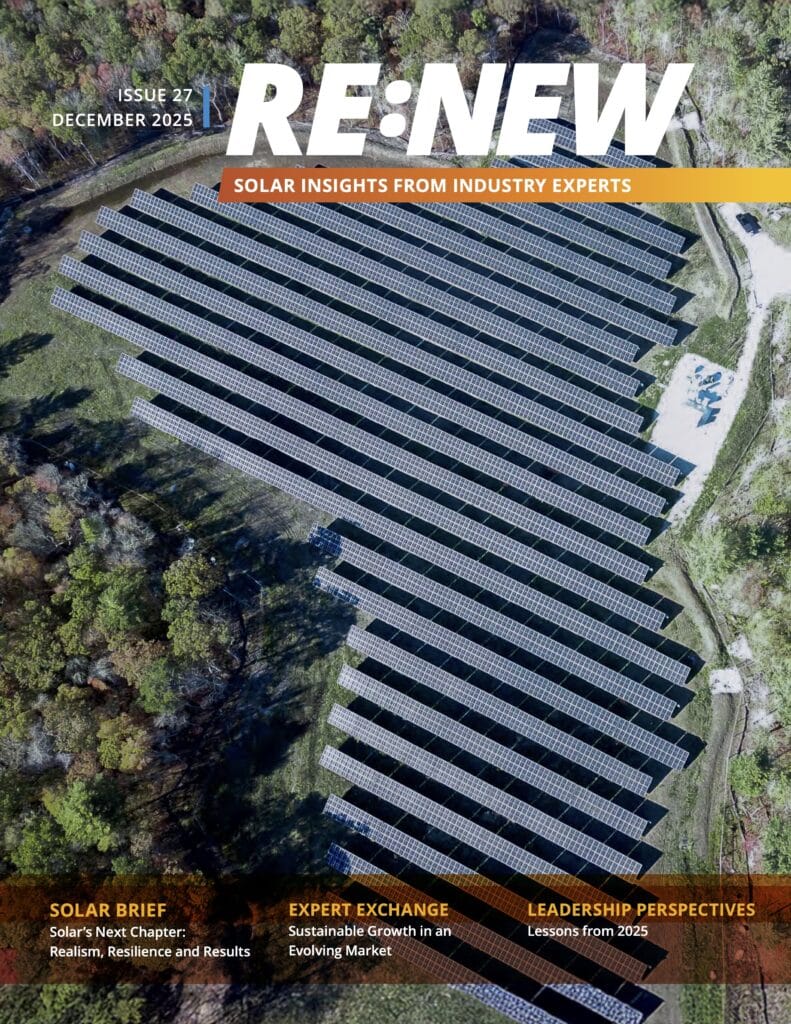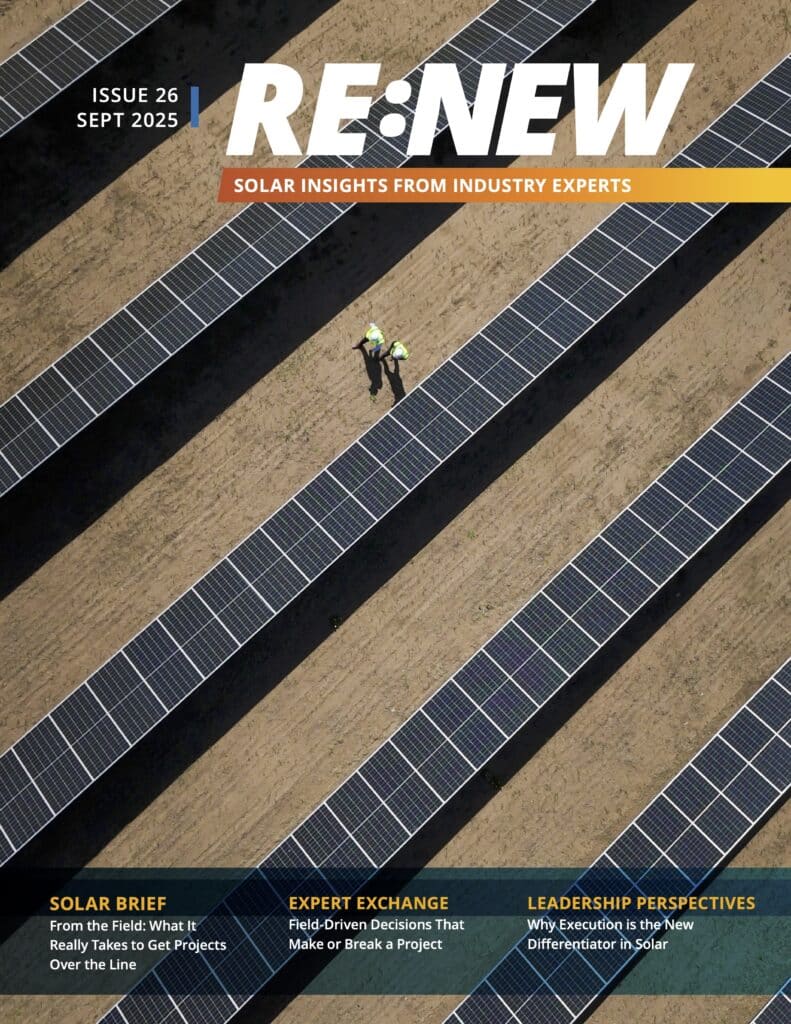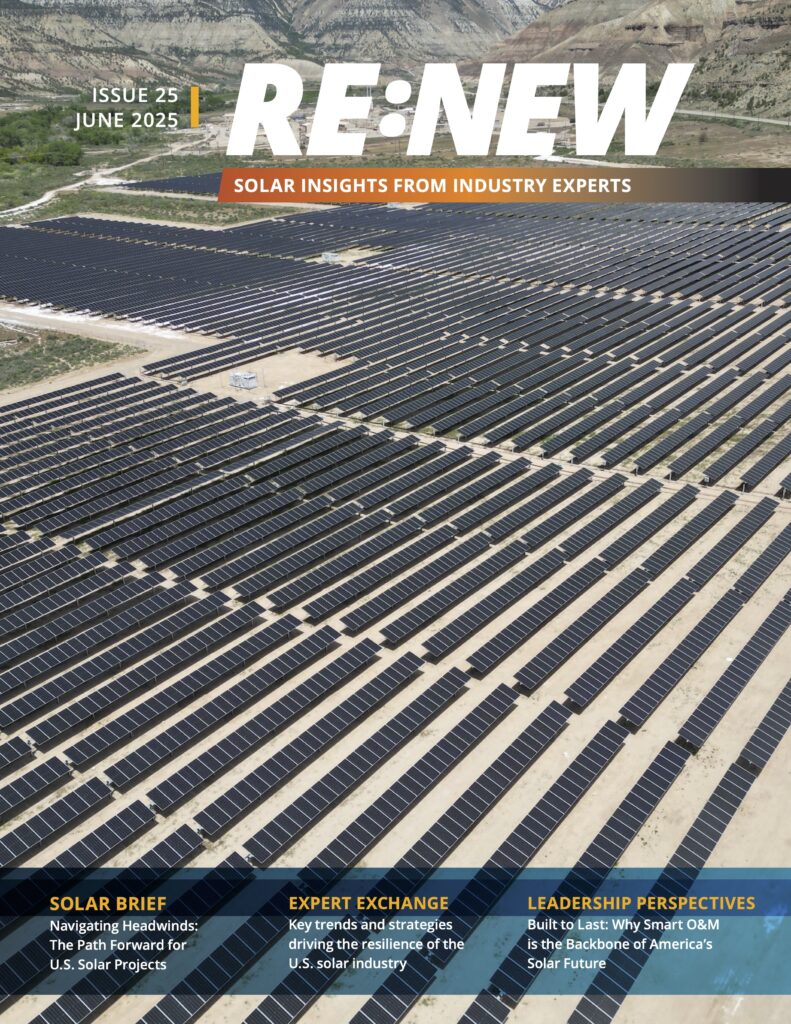This article first appeared in pv magazine USA
Now that the election is over and Joe Biden is expected to be the 46th President of the United States, the speculation can begin on what his presidency means for the renewable energy industry in general and the solar industry in particular.
Without control of the Senate—still up for grabs with two outstanding runoff races in Georgia—overall policy prescriptions like the Biden Green Deal most likely won’t see the light of day as currently envisioned.
But that doesn’t mean that there won’t be changes in personnel and executive actions that could have significant positive effects on our industry and the renewable energy sector as a whole. Here are four actions I think Biden will take that will boost our opportunities to see enormous growth in solar and beyond.
Cabinet Recalibration
We’ve all watched the changes at the Environmental Protection Agency and Department of Energy over the past four years with ever-increasing dismay. Under the Trump Administration, regulations on greenhouse gases have been dismantled, and regulations on fossil-fuel energy production have been rolled back.
During the campaign, President-Elect Biden spent lots of time talking about the threat posed by climate change and his intent to leave the Earth in a better position to defend itself against climate-change deniers and the destruction of its environment. To that end, I believe he will appoint an EPA administrator (CNN reports that it could be Washington Governor Jay Inslee, a fierce environmental champion and renewable energy supporter) and a Secretary of Energy whose goals will be to undo the worst of the damage done by the previous administration. As a result, renewable energy—and specifically the solar industry—will once again take their rightful places at the center of the discussion of energy production in this country.
They won’t be able to fix it all without the legislative branch’s support, of course. But what they can do is reset the regulatory environment to level the playing field and give solar and other renewables a chance to compete on their own merits without the fossil fuel industry putting its thumb on the scales against them.
Rejoining The Paris Climate Accords
Biden has already pledged to rejoin the Paris Climate Accords, which President Trump officially pulled out of the day after the election. While to many this move may seem strictly symbolic, it represents an important return of the United States to the center of the climate change debate and renews our commitment to moving toward clean energy along with the rest of the world.
And as the United States moves ever closer to reducing its carbon footprint, the shift away from fossil fuels to solar and other renewable energy sources will become ever more important. This will encourage companies around the country to invest in research-and-development activities that could spark innovations in the clean energy sector.
Reduction In Fossil-Fuel Subsidies
For years, the fossil-fuel industries have insisted that renewable energy industries be forced to compete on a level playing field, while ignoring the approximately $20 billion a year they get from the government in both direct and indirect subsidies. Biden has pledged to reduce and/or eliminate these fossil-fuel subsidies, finally giving solar and other renewable energy sources an opportunity to challenge the hegemony of the oil, gas and coal industries.
Renewable energy advocates have argued for years (with strong evidence to back it up) that in a truly free market, renewable energy sources are not only competitive with fossil fuels but beat them on price in many markets. They may finally get a chance to prove that supposition under a Biden Administration if its plans for fossil-fuel subsidies are enacted.
Eliminating The Solar Tariffs
One of the Trump Administration’s most frustrating decisions was to impose additional tariffs on solar modules and inverters that the industry imports from China and elsewhere. The price for high-efficiency PERC (Passivated Emitter Rear Cell) modules in the United States is nearly double the price the rest of the world pays for such modules as they leave factories in China and southeast Asia. In multi-megawatt quantities, such modules are now 32 cents to 35 cents per watt in the United States while they are only 17 to 19 cents per watt when manufactured. With shipping costs of 1.5 cents to 2 cents per watt, the overwhelming portion of this price differential is the tariffs.
One of the first things President-Elect Biden should do is order the International Trade Commission to evaluate these tariffs and decide if they are still appropriate, given the damage they have done to the downstream solar industry in this country. Reducing or eliminating the tariffs on solar modules and inverters would have tremendous positive effects on solar development.
A Job-Creating Stimulus Plan
As the U.S. economy continues to recover from its COVID-19-induced recession, it’s likely that Congress and the president will put together a multi-trillion dollar relief package, similar to the one that lifted the economy out of its doldrums following the 2008 economic crisis. In addition to direct relief to workers, it could invest in rebuilding the country’s crumbling infrastructure, including investments in clean energy.
Such direct investments would help create well-paying jobs in industries like solar, wind, geothermal and other renewable energy sources. They would also encourage companies to invest in their employees and regain some of the job losses that came under the destructive policies of the past four years.
None of these advances are guaranteed under a Biden Administration. As we mentioned, a lack of control of Congress could slow some of the most ambitious proposals that would spark a Solar Revolution and buoy the fortunes of other renewable energy sources.
But with our support, most of the goals I’ve outlined are achievable. Don’t back down now. Make sure your representatives and Senators know that you support the Biden clean energy agenda—then hold their feet to the fire. The future is in your hands. Seize it.
More Recent Blog Posts
Delivering on Our Promise: 2025 in Review
December 11, 2025
Scott Wiater · 3 min read
How Student Health Unlocks School Energy Projects
December 3, 2025
Standard Solar · 4 min read
The Remarkable Growth of Community Solar in the District of Columbia
October 22, 2025
Standard Solar · 2 min read
Navigating a Solar Market in Transition: Takeaways from RE+ 2025
September 26, 2025
Megan Byrn · 3 min read





Share